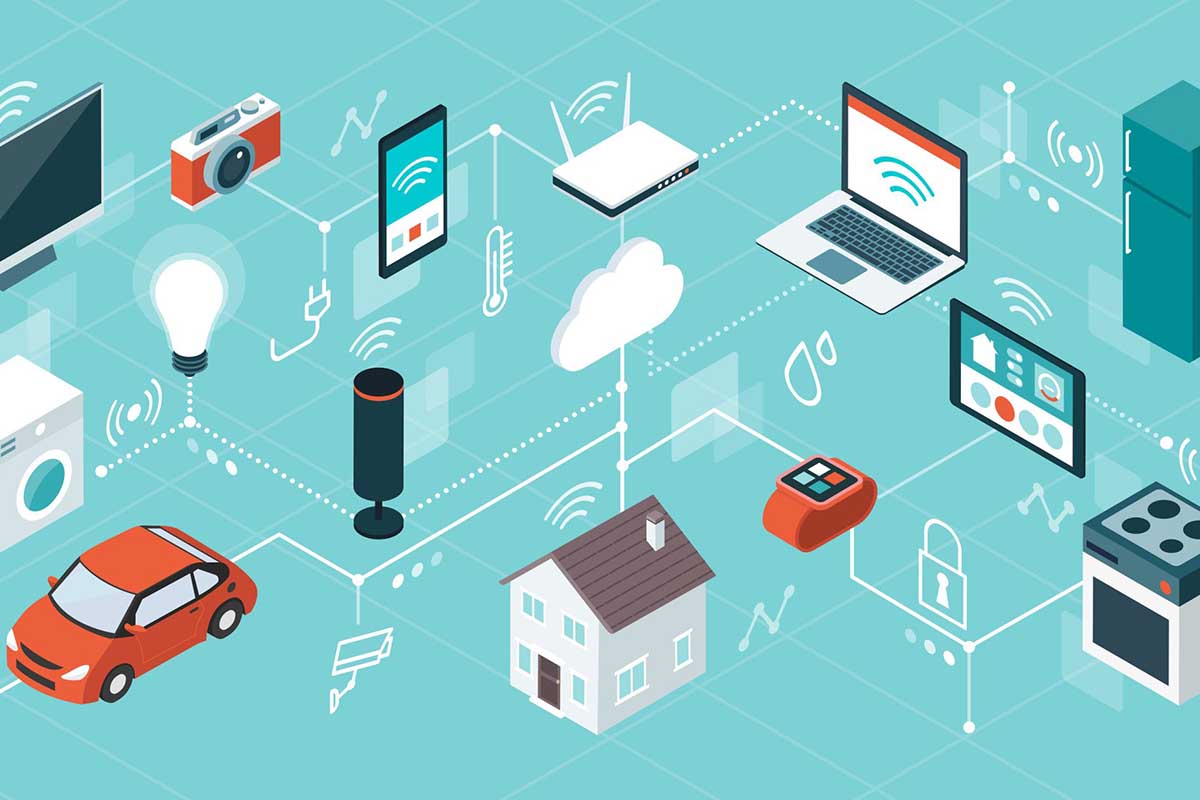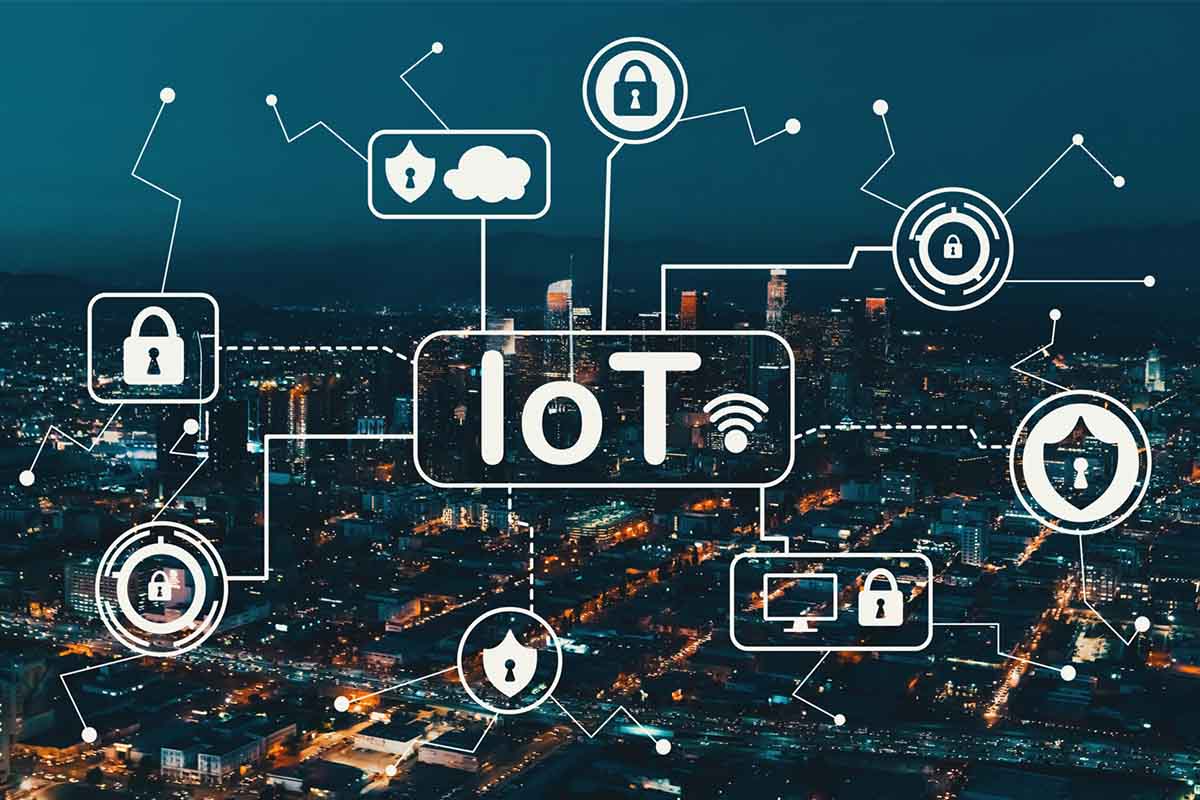As climate change concerns escalate, traditional home heating methods, a major contributor to carbon emissions, are being closely scrutinized. There’s a growing shift toward sustainable heating solutions worldwide. This article explores various home heating methods and some emerging sustainable heating methods. We’ll also spotlight the advanced clean energy cooling system developed by Singapore-based sustainable BTC and AI computing operator, SAI.
Traditional Home Heating Methods and Carbon Emissions
There are several ways to provide heating to homes globally. While this article won’t provide the exact proportion of each method due to regional variations and the evolving nature of this sector, here’s an overview:
Natural Gas Heating: This is one of the most common methods of heating homes, particularly in countries with extensive natural gas infrastructure like the US. Although cleaner than oil and coal, it still contributes significantly to greenhouse gas emissions.
Oil Heating: This method is common in regions where natural gas is less available, but it produces more carbon emissions compared to gas heating.
Electric Heating: While electric heaters don’t emit carbon dioxide at the point of use, the emissions depend on how the electricity is generated. If the grid uses fossil fuels, the carbon footprint can be high.
Coal Heating: Although it’s less common due to environmental concerns and regulations, coal heating is still used in some parts of the world. It’s the most carbon-intensive of all the traditional heating methods.
According to a report by the International Energy Agency, heating in buildings accounted for around 3.9 gigatons of CO2 emissions in 2019, roughly 6% of global energy-related CO2 emissions.
Emerging Green Heating Methods
Given the environmental impact of traditional heating methods, there’s a surge in interest in sustainable alternatives:
Heat Pumps: These systems extract heat from the environment (air, ground, or water) and use electricity to amplify it. When powered by renewable energy, heat pumps can provide carbon-free heating.
Solar Thermal Systems: These systems use solar energy to heat water or air for use in homes, reducing reliance on fossil fuels.
Biomass Boilers: These boilers burn organic materials like wood pellets to generate heat. While they do release CO2, it’s part of the short-term carbon cycle, making it a carbon-neutral option.
District Heating Networks: In these systems, a central source heats water, which is then piped into homes. If the heat source is sustainable (e.g., geothermal, waste heat from factories), it can provide low-carbon heating.
SAI’s Sustainable Vision and Solutions
Singapore-based SAI is a pioneer in sustainable computing and energy technologies, with its vision to accelerate the transition to sustainable advanced intelligence.
SAIHEAT is what SAI developed to achieve the goal of carbon neutrality. It provides a heat recovery computing center with liquid cooling solutions. SAIHEAT captures and reuses the heat generated from computing operations, improving energy efficiency and reducing carbon emissions.
SAI’s advanced clean energy cooling system, built into these solutions, is designed to handle the thermal output of high-performance computation like Bitcoin mining and AI computations. It not only protects the hardware but also recovers the heat and can be reused in other applications like residential heating.
SAI’s innovative approaches, anchored in sustainability, are transforming the landscape of BTC and AI. By prioritizing green and efficient practices, it is not only cutting carbon emissions but also setting new benchmarks in the technology industry. The transition to a low-carbon future is here, and SAI is at the forefront, leading the charge.




